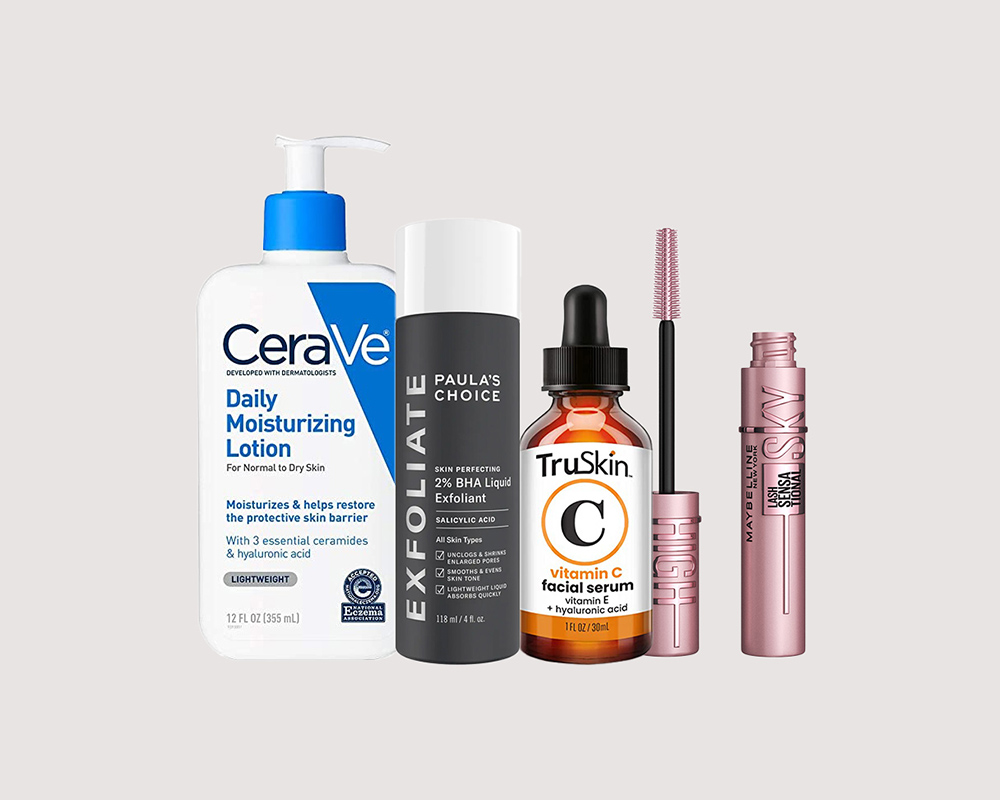
[ad_1]
Ever gotten the urge to take your dark locks light? Yeah, us too. But truth be told, it’s not as quick or easy as you think it may be.
As Sheenon Olson, celebrity hairstylist and creative director of ATMA Beauty in Miami Beach, FL, points out, the reason why so many people think that it’s easy to go light is because we only tend to notice major changes. “We see celebrities change their hair color all the time but we forget that extensions and wigs are often used,” he says. The process doesn’t happen magically. It takes hours and sometimes several sessions in your colorist’s chair. But if you want to go from dark to light, it can be done. It just takes patience and time—a lot of time.
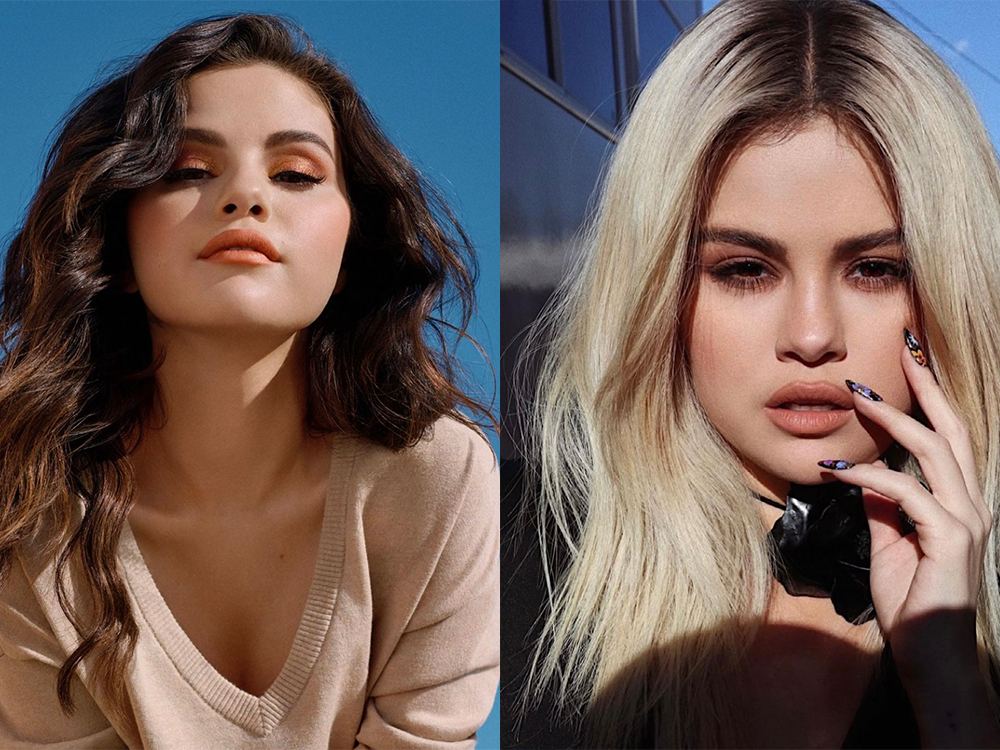
The Process
If you have virgin hair that’s never been colored, the process will require quite a bit of work. It’s best to go slow because your hair can become damaged if try to get it too light right away. “On average, you’ll need about three to four visits before you start to see a drastic change,” says Olson. “Or, you could get all those same color services done in a single day, which means you would be at the salon for eight to 10 hours and shell out upward of $1,000 or more.” Colorist Denis de Souza, co-owner of Mare Salon in LA, adds that on naturally dark (but not too dark) hair, two full highlight sessions done the same day can create a nice blond shade. “The first round takes the hair to a nice light brown and the second to a pretty blond.”
According to celebrity hairstylist Nikki Lee, “When taking someone from dark to light, you need to be thoughtful of what is already on your client’s hair. If it’s dark in color, has natural sections or features lighter bits, you may need to mix different developers to achieve an overall even lift.”
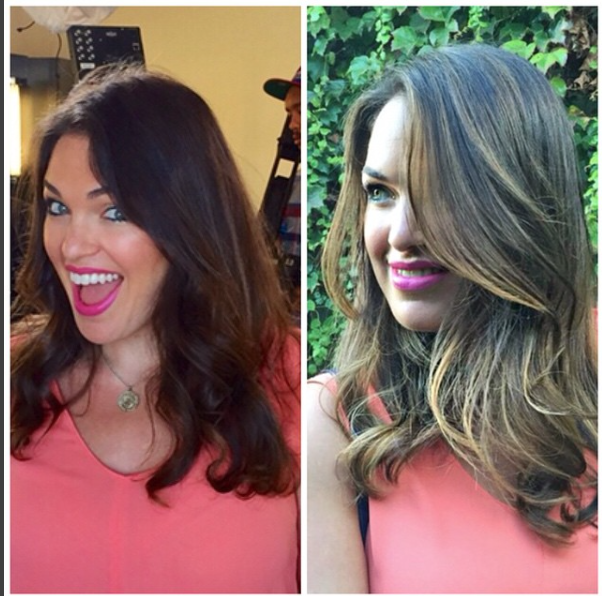
Damaging Dangers
Consider this the rule of thumb when majorly coloring your hair: The more you change it, the more damage that will incur, and the faster you change it, the more damage you’ll do to your hair. “There’s always some damage done to the hair; that’s unavoidable. But the extent of damage depends on how careful your colorist is and the products that he or she is using,” says de Souza.
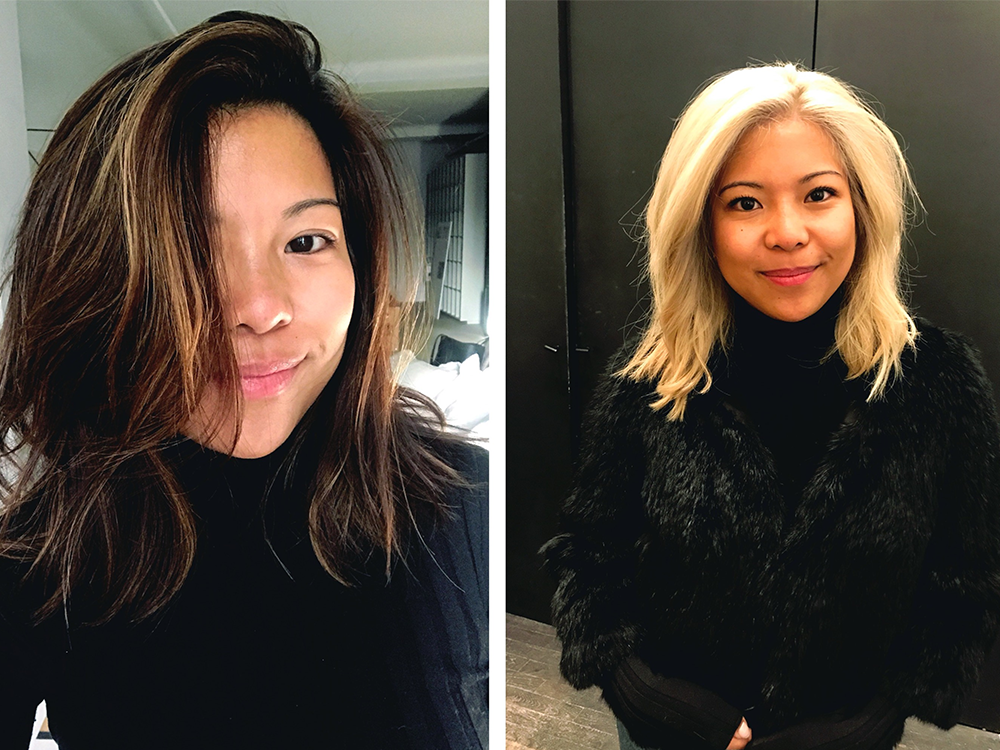
Because most of us do color our hair, going from dark to light on colored hair becomes a super tricky process. “You’re in unchartered territory. There’s a lot of science behind hair color. With colored hair, you never know how the hair will react and you will be limited by the integrity of the hair, which means that at a certain point, if you continue to lighten it to the point that the hair becomes compromised, it will break,” explains Olson.
Strand Restorers
While it’s difficult to gauge the point at which hair will break, hydrating treatments like Olaplex and Brazilian Bond Builder are often added to the color to restore the integrity and pH levels of the hair. To get the best results, a color extractor should also be used to remove any existing hair dye. “It’s really a case by case situation. But, if you’ve colored your hair dark previously, the color might have to be stripped and then the hair highlighted,” says de Souza.
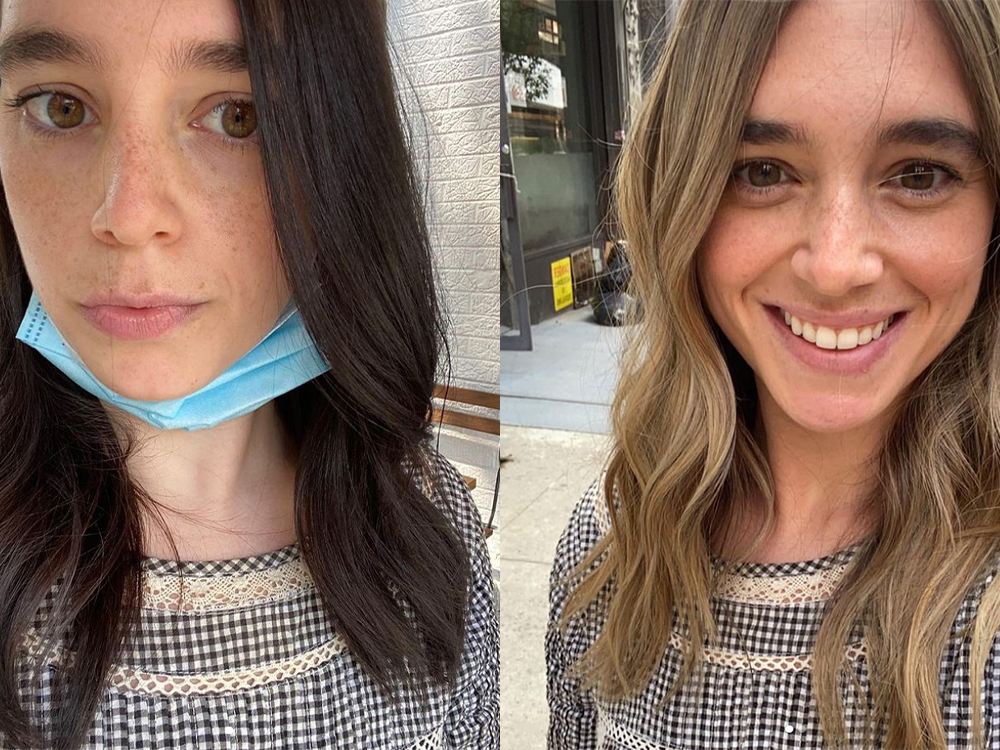
“Going from dark to light is probably the most damaging thing you can do to your hair,” says celebrity colorist Aura Friedman. “That is why I use K18 Professional Molecular Repair Mist for a huge process like dying your hair blonde. After we’ve made a decision of how we’re going to approach the bleaching process, I spray the hair with this mist, section by section. Once I’ve gotten a good and even misting of the hair, I wait four minutes and then I start applying my bleach. After achieving my desired tone, I then proceed with the K18 Hair Mask ($75) and I recommend that the client follow up and use it at home to help keep their hair strong. What I’ve noticed most since I’ve been using these products is that hair stays thicker and grows longer with less breakage, even after bleaching.”
When going from dark to light, Lee likes to use a protective in-salon treatment from her own brand: IN COMMON Crystal Cashmere. “We recommend taking your time and doing it in multiple sessions if need be. Keeping the hair healthy throughout the process is so important for a beautiful end result!”
Subtle Progression
If you’re OK with a very slight progression—like how Khloé Kardashian gradually got lighter—start off with highlights and work your way up the color spectrum to more of a rooted blond color.
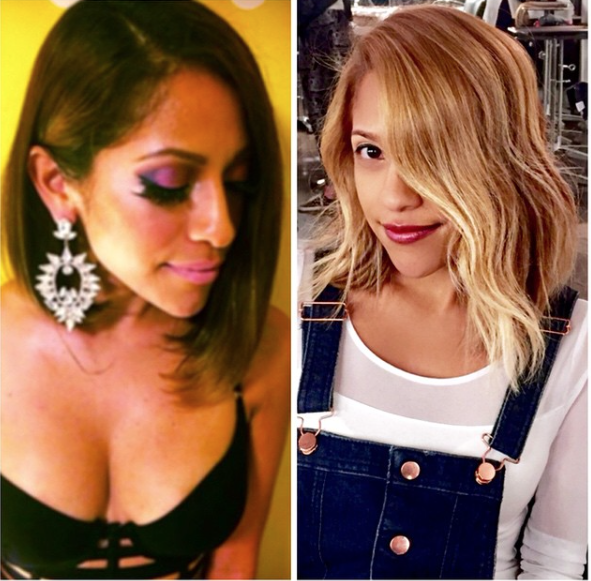
Once you’ve achieved your lighter shade of pale, touch-ups (they can be every four to 12 weeks depending on how fast your hair grows) and at-home maintenance are crucial. At home, make sure to wash with blue- and purple-toned shampoos—de Souza likes Joico Color Balance, which helps tone the hair—to knock out any brassiness and keep your color looking fresh. Glosses every month or so are also key for keeping your lighter hair looking its best.
Find a Doctor
Find a NewBeauty “Top Beauty Doctor” Near you
[ad_2]
Source link





